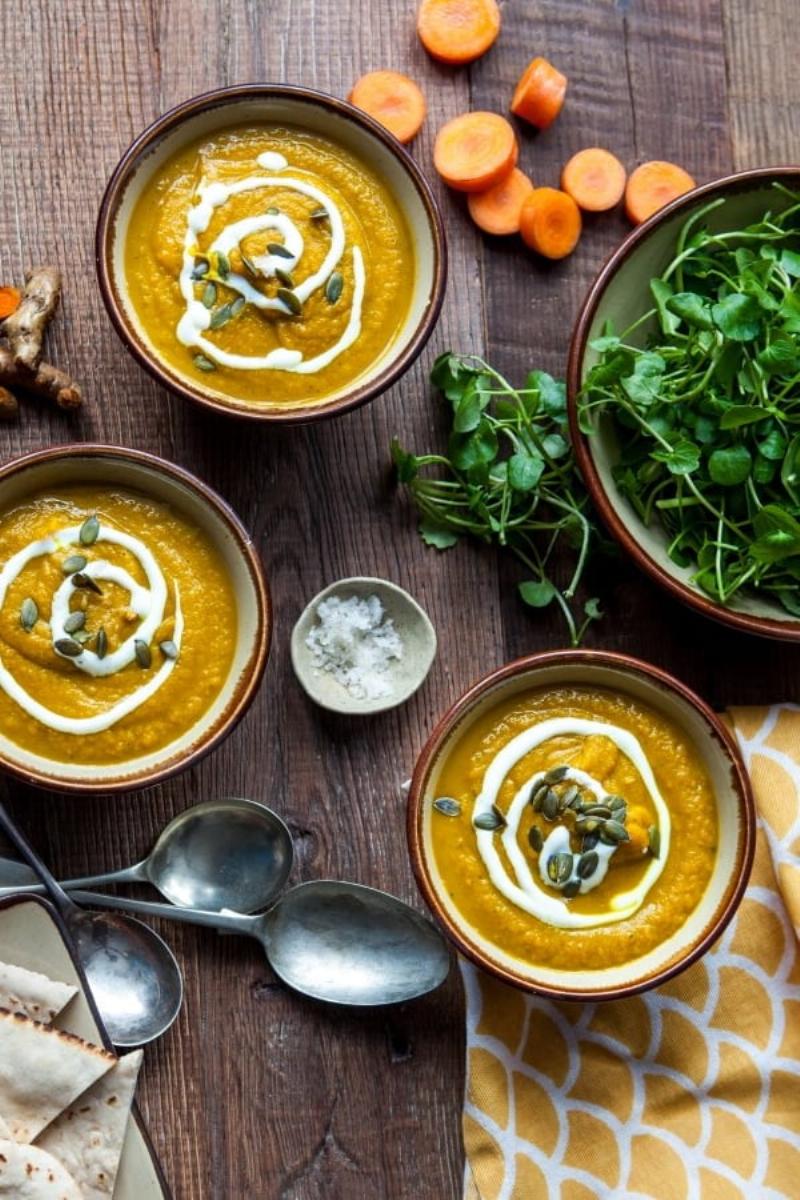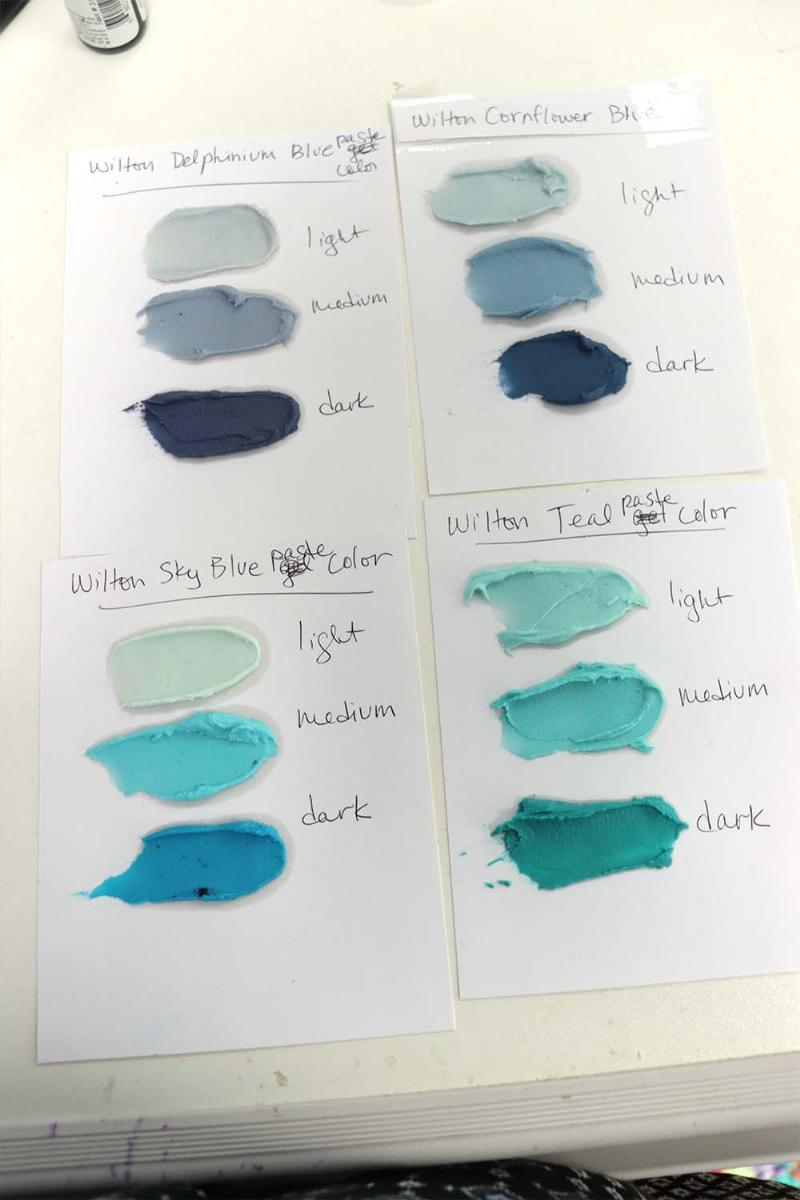Natural food coloring is having a moment. More and more bakers, both seasoned professionals and enthusiastic home cooks, are seeking ways to add vibrant hues to their creations without resorting to artificial dyes. And why not? Using natural ingredients allows you to control what goes into your food, often adding subtle, earthy flavors that enhance your baking. So, if you’re ready to ditch the synthetic colors and embrace nature’s palette, you’ve come to the right place. This guide will explore the best natural food colorings for baking, offering tips and tricks to achieve stunning results. Ever wondered how to get that perfect shade of pink for your Valentine’s Day cupcakes or a deep green for your St. Patrick’s Day cake? Read on to discover the secrets of natural food coloring!
Table Of Contents
- Unleashing the Power of Fruits and Vegetables
- Achieving Vibrant Reds and Pinks
- Creating Sunny Yellows and Oranges
- Embracing Earthy Browns and Greens
- Exploring the World of Spices and Herbs
- Adding a Touch of Purple with Butterfly Pea Flower Powder
- Using Matcha for Vibrant Green
- Tips and Tricks for Using Natural Food Colorings
- FAQs About Natural Food Colorings
Natural food colorings aren’t just a trend, they’re a return to tradition. Long before the advent of artificial dyes, bakers relied on ingredients found in their gardens and kitchens to add color to their creations. Remember Grandma’s vibrant beet-red velvet cake? Or the rich yellow hue of her turmeric-spiced cookies? These are just a few examples of the magic that can be achieved with natural food colorings. Let’s dive into some of the best options available.
Unleashing the Power of Fruits and Vegetables
Fruits and vegetables are a treasure trove of natural pigments. They offer a wide range of colors, from the sunny yellow of turmeric to the deep purple of blueberries. Using them in baking is not only aesthetically pleasing but also adds a nutritional boost.
Achieving Vibrant Reds and Pinks
Beets are your go-to for achieving vibrant reds and pinks. From a delicate blush to a deep magenta, beets offer a spectrum of possibilities. Roasting beets intensifies their color, making them ideal for coloring frosting and cake batter. Similarly, freeze-dried raspberries and strawberries offer a concentrated burst of color and a sweet, fruity flavor.
Creating Sunny Yellows and Oranges
Turmeric, with its vibrant yellow hue, is a staple in many kitchens. A pinch can transform your batter or frosting into a sunny delight. For a deeper, more orange hue, try using carrot juice or sweet potato puree. These options not only add color but also lend a subtle sweetness and moisture to your baked goods.
Embracing Earthy Browns and Greens
Spinach and kale are excellent choices for achieving earthy greens, particularly in frostings and batters. For rich browns, cocoa powder is a classic choice, adding a decadent chocolatey flavor. Alternatively, you can use coffee or espresso powder for a more intense, coffee-flavored hue.
 Turmeric and Carrot Natural Food Coloring
Turmeric and Carrot Natural Food Coloring
Exploring the World of Spices and Herbs
Spices and herbs, beyond their culinary uses, can also serve as natural food colorings. They offer a unique range of hues and add a depth of flavor that complements your baking.
Adding a Touch of Purple with Butterfly Pea Flower Powder
Butterfly pea flower powder is a fascinating ingredient that creates a magical blue or purple hue depending on the pH of your batter. A pinch of this powder can transform your creations into something truly special.
Using Matcha for Vibrant Green
Matcha, a finely ground green tea powder, is a fantastic option for achieving vibrant greens. It lends a unique earthy flavor and a beautiful color to your baked goods, particularly in cookies and cakes.
Tips and Tricks for Using Natural Food Colorings
Working with natural food colorings requires a bit of experimentation and patience. Here are a few tips to help you achieve the best results:
- Start small: Begin with a small amount of coloring and gradually add more until you reach the desired shade.
- Adjust for moisture: Natural food colorings can add moisture to your batter or frosting. You may need to adjust the amount of liquid in your recipe.
- Be mindful of flavor: Some natural food colorings have strong flavors. Choose options that complement your recipe.
- Store properly: Store natural food colorings in airtight containers in a cool, dark place to preserve their color and potency.
FAQs About Natural Food Colorings
Here are some frequently asked questions about using natural food colorings in baking:
-
Are natural food colorings as vibrant as artificial ones? While natural food colorings may not be as intensely vibrant as artificial dyes, they offer a beautiful range of subtle, natural hues.
-
Can I mix natural food colorings to create new colors? Absolutely! Experimenting with different combinations can lead to unique and exciting color palettes.
-
Where can I buy natural food colorings? You can find natural food colorings at health food stores, specialty grocery stores, and online retailers.
-
Do natural food colorings affect the taste of my baked goods? Some natural food colorings have distinct flavors. Choose options that complement your recipe or use small amounts to minimize flavor impact.
 Natural Food Coloring Chart for Baking
Natural Food Coloring Chart for Baking
In conclusion, using natural food colorings is a rewarding way to add vibrant and natural hues to your baked goods. By embracing nature’s palette, you not only enhance the aesthetic appeal of your creations but also add a touch of wholesome goodness. So, go ahead, experiment with these natural wonders and unleash your creativity in the kitchen! What are your favorite natural food colorings to use? Share your tips and tricks in the comments below!
